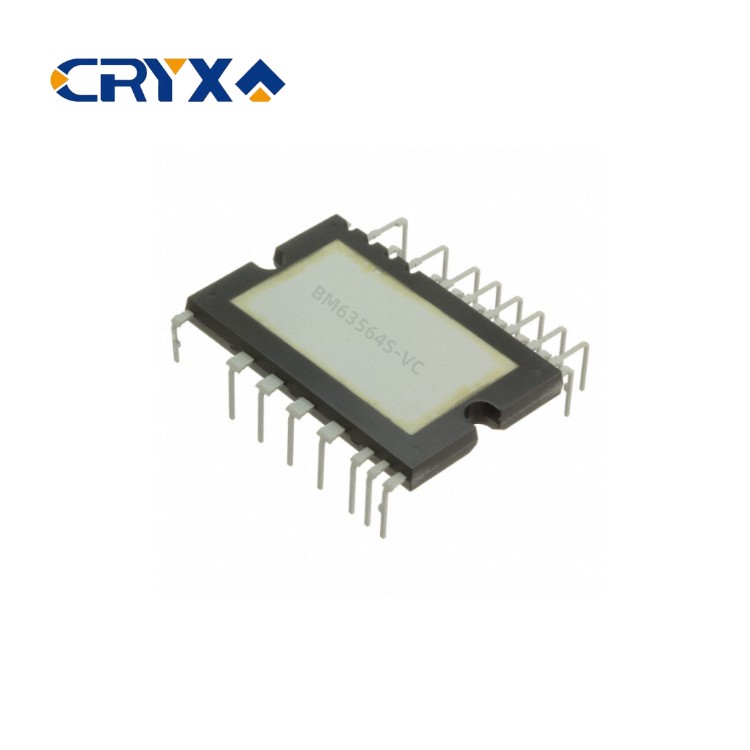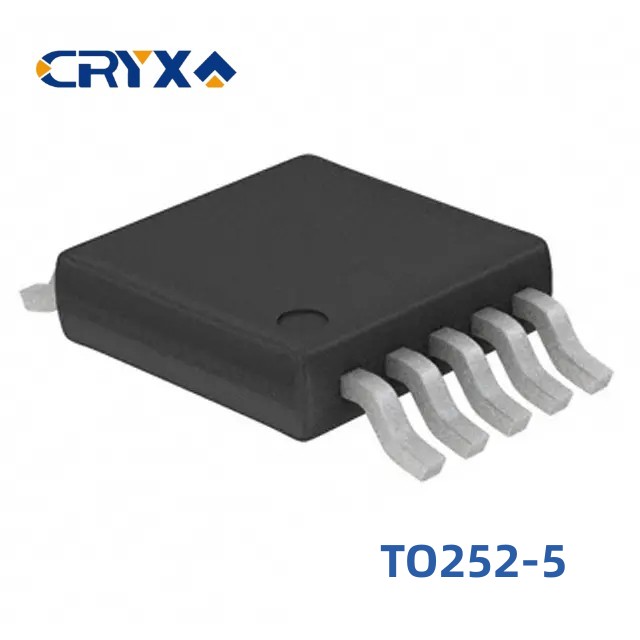From the perspective of the development trend of the international semiconductor industry, as the Moore‘s Law dominated by silicon semiconductor materials gradually reaches its physical limit, silicon cannot meet the rapid development needs of new demands such as microwave radio frequency, high-efficiency power electronics, and optoelectronics. New semiconductor materials represented by compound semiconductor materials, especially third-generation semiconductors, are rapidly rising, The next 10 years will have a crucial impact on the reshaping of the international semiconductor industry landscape. The third generation of semiconductors emerged in the early 1990s, represented by wide bandgap semiconductor materials such as silicon carbide (
SiC) and gallium nitride (GaN). They have superior performance such as high breakdown electric field, high thermal conductivity, high electron saturation drift rate, and strong radiation resistance. They are widely used as key materials in key fields such as information society, artificial intelligence, Internet of Things, modern agriculture, modern medical treatment, intelligent transportation, national defense and security, Its development level is one of the main indicators reflecting a country‘s high-tech strength, national defense capabilities, and international competitiveness.http://www.ic-bom.com/

Silicon carbide is the only power semiconductor material necessary for a new type of power system - the ultra-high voltage power grid, which can reach the 10000 volt kiloampere level. It is also the "heart" of high-speed rail and new energy vehicle traction and electronic control systems, which can reduce the volume and weight of high-speed rail power systems by 20%, and reduce losses by 20%; The volume and weight of the electronic control system of new energy vehicles are reduced by 80%, and the energy conversion efficiency is improved by 20%. Gallium nitride is currently the only material that can achieve high frequency, high efficiency, and high power simultaneously. It is a key material that supports the upgrading and upgrading of 5G communication base stations, prioritizes the layout of 6G communication base stations, and improves the performance of military radar.
According to incomplete statistics, in 2022, the United States, the United Kingdom, Italy, Singapore, Japan, France and other countries will lay out 21 public research and development projects for third-generation semiconductors, with a total amount exceeding 1.26 billion US dollars. It involves various links such as materials, epitaxy, devices, systems, etc., highlighting the manufacturing of 8-inch silicon carbide substrates and wafers, as well as silicon carbide power devices and electronic control systems for automotive 800V voltage platforms.http://www.ic-bom.com/

Driven by the demand for new energy vehicles, photovoltaics, and energy storage, the third-generation semiconductor industry has developed rapidly. In 2022, the global market size of silicon carbide and gallium nitride power semiconductors is approximately 2.37 billion US dollars.
From the perspective of international application scope, silicon carbide is mainly used in the fields of new energy vehicles and smart grids. In terms of silicon carbide single crystal substrates, the current semi insulating substrate is mainly 4 inches, while the conductive substrate is mainly 6 inches. Samples of 8-inch conductive and semi insulating substrates have been developed. Silicon carbide metal oxide semiconductor field-effect transistors (SiC MOSFETs) and silicon carbide power modules for automotive use are currently the focus of enterprise development. Gallium nitride is mainly used in the consumer electronics market. Gallium nitride substrates are mainly 2-4 inches in size, with Sumitomo Chemical and Mitsubishi Chemical accounting for 85% of the global market share. Commercialized gallium nitride homogeneous epitaxy is still mainly 2-inch, with 3-inch in the development stage. The application of sapphire based gallium nitride epitaxial materials is mainly focused on LEDs, with the LED chip market accounting for over 90% of the optoelectronic market. The market for plant lighting, automotive, and display screen applications has shown significant expansion, with major device companies including Nichia Chemical, Osram, Samsung, etc;Silicon based gallium nitride epitaxial materials are mainly used in consumer electronics, new energy vehicles, and other fields. Commercial products are mainly 6-8 inch, and 12 inch products have been developed and are being promoted for large-scale applications. The main enterprises include Infineon, Ansemy, Italian Semiconductor, Panasonic, and others.
From the perspective of international technological development level, in terms of silicon carbide, the industrialization of 8-inch substrates has begun, and vehicle grade power devices are currently the focus of development. Multiple manufacturers have launched high-power modules and high-temperature packaging products, and silicon carbide devices are developing towards higher voltage, higher current density, lower conduction voltage drop, and higher switching frequency. At present, the voltage of commercial SiC MOSFET products is concentrated in 650V, 1200V, and 1700V, and some new products have increased their withstand voltage level to 2000V. They are increasingly used in traction main inverters, on-board chargers, and high and low voltage DC-DC converters. In terms of gallium nitride, 6-inch single crystal substrates have been prepared internationally, and power devices are developing towards miniaturization, high power density, and radiation resistance. Commercial products with a voltage resistance of 1200V and vertical power devices have been supplied in small quantities. Taking gallium nitride RF as an example, in 2022, Integra announced the shipment of 100V gallium nitride RF devices. Italian semiconductor and American Macom have produced silicon based gallium nitride prototypes, and multiple companies have launched gallium nitride millimeter wave products.

From the perspective of equipment and auxiliary material development, on the one hand, 8-inch silicon carbide equipment is expected to drive a decrease in industrial chain costs. In 2022, Germany‘s Aisiqiang Co., Ltd. released an 8-inch silicon carbide epitaxial device, which has a cost advantage of 10% to 15% compared to competitors. It is expected to drive a 25% cost reduction in 2023. On the other hand, the development speed of high-temperature resistant materials and high-efficiency heat dissipation materials has accelerated. Japan‘s Tamura Corporation has developed lead-free solder bonding materials for third-generation semiconductor devices, with plans to achieve mass production by 2023.
Faced with an unstable and uncertain external environment, third-generation semiconductors have always maintained a high-speed development trend. The downstream market, led by automotive products, will enter a period of rapid growth, with upstream wafers in short supply. In the next few years, 8-inch technology will drive continuous improvement in product performance, gradually reducing costs, and increasing recognition of domestic materials and chips on the client side.
The new round of technological revolution and industrial transformation is deepening, and the international balance of power is undergoing profound adjustments. The development of China‘s new materials industry is facing new strategic opportunities. The third-generation semiconductor industry needs to seize the opportunities of market demand explosion and localization substitution, make good use of China‘s super large-scale market advantage, continue to break through key technologies of materials and devices, improve standard systems, promote domestic substitution applications, strengthen talent cultivation and introduction, and build an industrial ecosystem with complete factors, active innovation, and open collaboration. At the same time, we will continuously optimize resource allocation, effectively enhance the resilience and safety level of the industrial chain supply chain, comprehensively enhance the modernization level of the industrial system, gradually cultivate leading enterprises and innovative clusters, lead the high-quality development of the industry, and support the implementation of the national "dual carbon" strategy.http://www.ic-bom.com/







